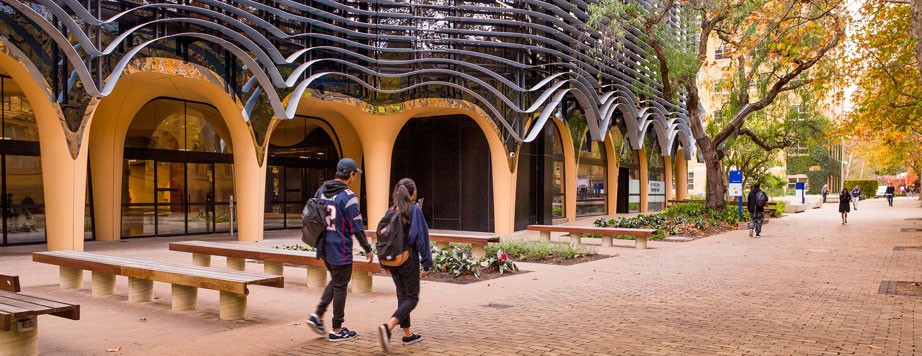
Our newly created “Admission Insights” articles aim to bring greater attention to international universities as viable options for students. While we’ve traditionally focused on US colleges, it’s also become clear that tremendous opportunities exist beyond our own borders that are worth a closer look. Here, through a series of interviews with admission officers, we provide key details about their schools and links where you may find more information.
. . . . . . .
1. Please share a brief overview of University of Melbourne.
The University of Melbourne is a large, public, research-intensive comprehensive university. Established in 1853, it is regarded as Australia’s leading university, ranked #1 in Australia and #25 internationally. The University of Melbourne attracts great minds who want to have an impact on the world.
Undergraduate degrees in Australia are just three years. The University of Melbourne offers more than 150 majors and minors in our bachelor’s degrees (called courses in Australia). Admission is based solely on academic achievement. Each Bachelor’s degree will list the entry requirements based on your high school qualification. (Only degrees in performing arts and music base admissions on auditions and portfolios).
Our academic year begins with Semester 1 in March and Semester 2 in late July. Most degrees offer the option to commence in either semester.
Our main campus is located in the heart of Melbourne, seven times voted the most livable city in the world. Our campus is located next to the Melbourne Biomedical Precinct, walking distance to Little Italy and 15 minutes by tram from the city center. Melbourne is regarded as Australia’s cultural and sports capital, with easy access to the unique and stunning nature the country is renowned for.
2. What is typically your percentage of enrolled international students?
The University has more than 50,000 full-time students (half undergraduate and half graduate students). 44% of the student body are international students from 160 countries.
3. Are there any special requirements for international students versus domestic? If yes, please share them. e.g. In the US, we require a TOEFL score or equivalent.
Admissions for both international and domestic students is based on their high school academic achievement. International students must meet the English language proficiency, which can be met through tests such as TOEFL, IELTS, Cambridge or Pearson’s.
4. What resources are available at your school to help support international students?
There is an international student orientation that precedes the general student orientation. There is an international student support team as well as the full range of student support services available to all students.
5. Do you offer financial assistance or scholarships for international students?
All high-performing international students are automatically considered for a Melbourne International Undergraduate Scholarship, which can range from AU$10,000 to full tuition remission (See eligibility criteria). Some of the residential colleges provide their own scholarships, for which students apply directly. Some faculties/schools provide diversity scholarships for students from certain countries. You may view our full range of scholarships.
Australian universities do not offer work study financial aid packages as in the US. However, all international students have the ability to work part-time during the semesters and full-timed during breaks. Wages are high, with the minimum wage approximately AU$20/hour. Health insurance and medical care costs are likely to be under US$1,000 per year, a significant savings in comparison to the US.
6. For US universities, there is great emphasis on Extracurricular Activities as part of an applicant’s overall credentials. Of what relevance are these in your admission requirements, and are these encouraged for student participation once enrolled?
Admissions to the University of Melbourne, like all Australian universities, is based only on academic achievement (the exception being performing arts degrees, which require an audition or portfolio). Thus, extracurricular activities, personal statements, and references are not assessed as part of a student’s application.
The University of Melbourne believes that participation in clubs and sports greatly enhances students’ universities experiences, with hundreds of options to choose from.
7. What would you say is unique or stands out about your university among others?
The Melbourne curriculum is unique among Australian universities in that we require students to undertake 25% of their studies as ‘breadth’ subjects outside their major and degree. This provides students with the flexibility to tailor their interests, gain an interdisciplinary perspective that is highly valued in the world and not declare a major until their final year.
8. Have you found that graduates are well prepared for the international workplace upon completing their degree?
The University of Melbourne ranks 7th in the world for graduate employability. All degrees have the ability to pursue internships, work-integrated learning or research that is highly valued by employers. Our Career Services works with students to tailor and develop their career goals throughout their three years. We also have an alumni mentoring program with a global network of tens of thousands of alumni to tap into. International students in Australia have the ability to stay and work in Australia for two years after graduation, providing students with options where students begin their career.
*For more information, be sure to visit our University of Melbourne Profile



